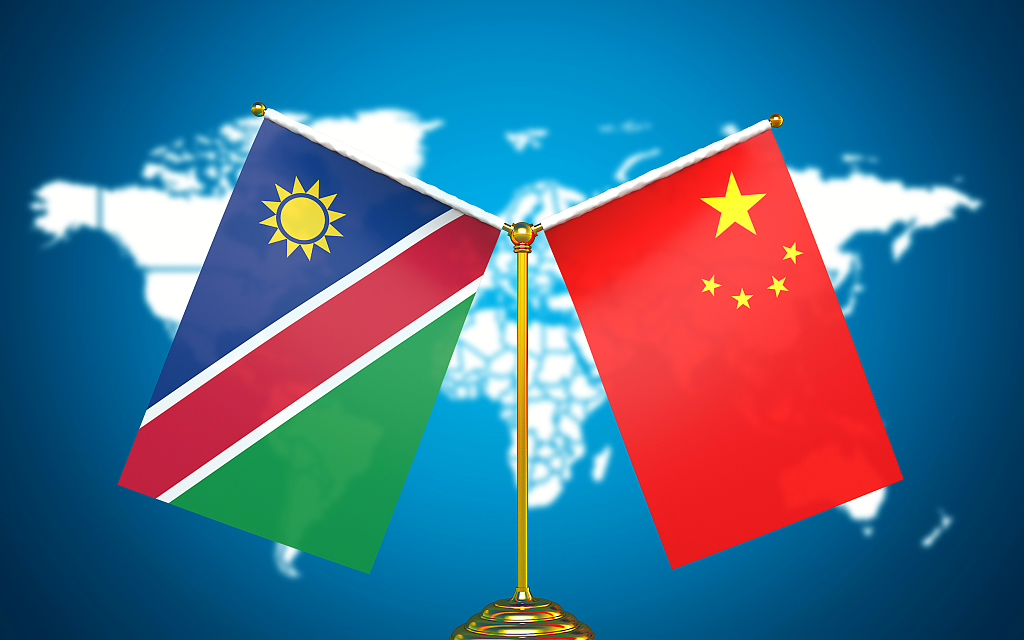As the world surges into the age of artificial intelligence (AI), the demand for vast, reliable, and sustainable power is skyrocketing. At the same time, data centres, the engine rooms of AI seek locations that offer cheap, clean electricity, ample cooling water, and connectivity. Enter the Grand Inga Hydropower Project on the Congo River in the DRC, which is being positioned as a global green‑power hub for AI infrastructure.
Why Grand Inga?
The Grand Inga complex, including the established Inga I and Inga II plants plus the planned Inga III phase, sits at the dramatic Inga Falls on the Congo River. Its key attractions include:
- a) Massive generation potential: The site is estimated to have up to ~44 gigawatts (GW) of hydroelectric capacity, nearly double that of China’s Three Gorges Dam.
- b) Green, renewable energy: Hydropower means the site can offer large‑scale renewable electricity, which is increasingly important for tech giants seeking to hit net‑zero or “green data centre” targets.
- c) Cooling and connectivity advantages: With abundant river water for cooling and growing fibre infrastructure nearby, the DRC argues: “You would not have a better place than Inga for a data center.” (quote from Bob Mabiala Mvumbi, head of the Inga Development Agency)
- d) Strategic regional opportunity: The DRC views the project as not just domestic energy infrastructure, but a global asset, appealing to international investors and data centre operators looking for capacity and cost‑advantage.
Despite the promise, turning Grand Inga into an AI data‑centre energy hub is far from plug‑and‑play. Key developments and challenges include:
- a) The DRC’s government has approved a multiphase development program for Inga III, backed by the World Bank: in June 2025 the World Bank approved US$250 million credit to support the first phase, including local infrastructure and capacity‑building.
- b) The current generation at Inga I & II is under 2 GW, a small fraction of the site’s potential ~44 GW.
Major challenges: financing the full build‑out (costs run into tens of billions of dollars), building the transmission and grid infrastructure, ensuring political and regulatory stability, managing environmental & social impacts and securing long‑term power‑offtake contracts furthermore For data centre firms, it means assessing risk: Is the power reliable? What is the transmission latency or connectivity? What are the cooling/maintenance logistics? What is the business environment like?
Implications for Africa and the Tech Industry
- a) For Africa: If realised, Grand Inga could transform the DRC’s energy landscape, shift it from exporter of raw minerals to supplier of digital‑age power, and help create jobs, services and infrastructure.
- b) For tech industry/data centres: It presents a new frontier: Africa is not just a market, but a potential site for global digital infrastructure, provided the ecosystem (power reliability, connectivity, governance) aligns.
- c) For sustainability: The race to net‑zero or low‑carbon data centres means that scalable renewables are necessary, and large hydro sites like Inga (if built responsibly) could fill that gap.
- d) For risk & governance: With large‑scale infrastructure comes large‑scale risks. Developers, governments, and local stakeholders must navigate environmental impact, community displacement, governance, and financing uncertainties.
Conclusion
In a world where digital services and artificial intelligence are escalating the demand for power at a pace few predicted, the DRC’s Grand Inga site offers a bold vision: green power at scale, located in Africa, ready to fuel the next wave of data‑centre growth. The promise is real, the potential enormous, but so are the hurdles. Whether Grand Inga becomes a global AI‑data‑centre hub will depend on execution, partnerships and infrastructure. If it succeeds, it could reshape not just one country’s future, but the geography of digital infrastructure in the 21st century.




